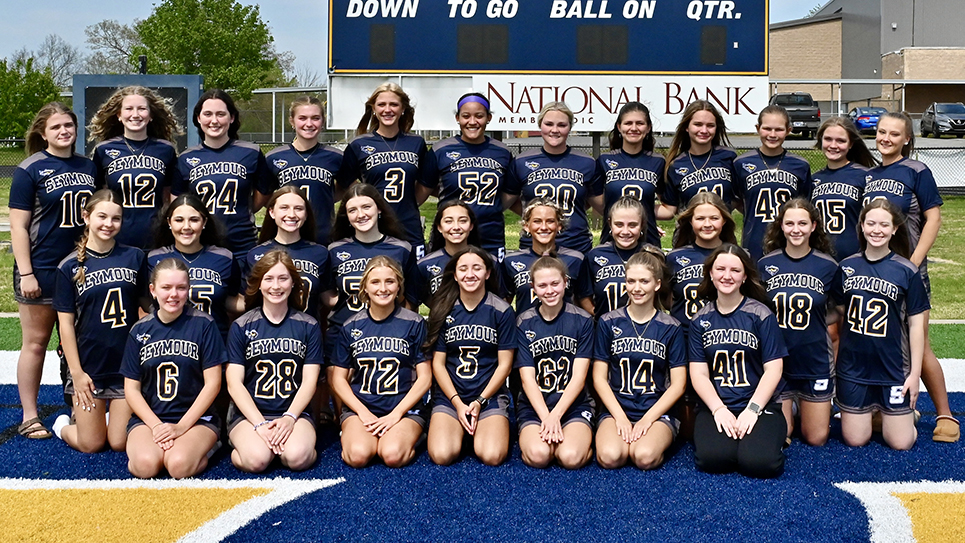By Tom Mattingly
In the days and weeks following Knoxville’s 1982 World’s Fair, there was local political wrangling about an arena that finally had Gov. Lamar Alexander hand the UT administration a decree. They had better get their act together —and soon—if they wanted already-allocated state money. He set a deadline of Valentine’s Day for a decision. That set a flurry of activity in motion.
The arena project had a number of stops and starts and a lawsuit or two, but, when the dust settled, the project was completed. Tennessee teams began playing there on Dec. 3, 1987, as the Lady Vols defeated Stetson 102-59, and the men took the measure of Marquette 82-56.
Had events transpired differently, the arena might have been known as “Thompson Arena,” the “Thompson Assembly Center and Arena,” or, maybe, the “B. Ray Thompson Assembly Center and Arena.”
The naming of the building came down to a case of the lead donor, the arena’s “Thompson,” Knoxville business leader and coal magnate B. Ray Thompson, wanting another name on the building’s marquee with his. Sometimes it happens the other way around, but in this case, the guy who signed the big check wanted to share the billing.
The name to be added was the “Boling,” former University of Tennessee president Dr. Edward J. Boling (1922-2015, U.T. president, 1970-88), who gave nearly all of his adult life to the University and helped oversee the development of the campus we know today. He was a visionary, who thought “outside the box” long before that term became popular.
“We had gone to see Mr. Thompson, who had already given so much to us,” Boling remembered in a 2007 interview. “We needed an arena badly. I was pushing his name with the Board of Trustees and Bob Woodruff. He said he didn’t want it. He said he hadn’t given enough, but he said he’d consider it.”
Sometime later, Boling got a call from Woodruff, who said Thompson was ready to talk about the naming.
“We met in his office on Kingston Pike,” Boling said. “Jim Haslam, vice-chairman of the Board of Trustees, was there.”
“I’ve come to the conclusion about the naming of the arena,” Boling recalled Thompson saying. What he said made Boling think Thompson was accepting the naming opportunity.
“I was delighted with the thought of his name on the arena, ‘Thompson Arena,’” Boling said.
“There’s one caveat,” Thompson also said, with Boling in mind. “I want your name on it. I won’t go with it without your name on it.”
That was a shocker. No one had publically broached Boling’s name being on the arena until then.
“There was a standing rule that we didn’t name buildings for persons who were still active,” Boling said. “That was a good rule, because you never knew what somebody might do in later life. I was completely surprised, as was everybody else. It had never crossed my mind, because I was still president.”
He remembered Haslam saying, “I think we can handle that.” And he did. That made everybody happy, Boling said.
Given that, he said, “I reluctantly agreed.”
It was Sept. 25, 1987, when the new arena was officially named Thompson-Boling Assembly Center and Arena.
Boling said it was an honor to see his name affixed to the arena. “I doubt there could be anything bigger on campus, unless it was the stadium. The building gets mentioned in some way every day. There are all kinds of events there. It was the first facility named for me.”
Boling looked back fondly at a career in which he guided many of the institution’s great moments. He remembered his days in the statistics department in the early 1950s when one department head told him, prophetically, that if he kept on the path he had charted for himself, “You’ll come back and be higher than me.”
He did come back and that’s exactly what happened. He found his way to the top of the university hierarchy.
PERSONAL OBSERVATION ON DR. BOLING: In the spring of 1970, the University of Tennessee Singers went on a spring tour of high schools across the state. The group stayed in a bomb shelter in Memphis owned by Memphis business leader Hoyt Wooten of radio and television station WREC. While there and in between performances locally, there was a flurry of activity around the ping-pong table. Dr. Boling, then 48 years old, jumped into the fray against the students and proved to be exceedingly competitive. Everyone there marveled at the way he dominated the proceedings, still dressed in his dress shirt and necktie.






